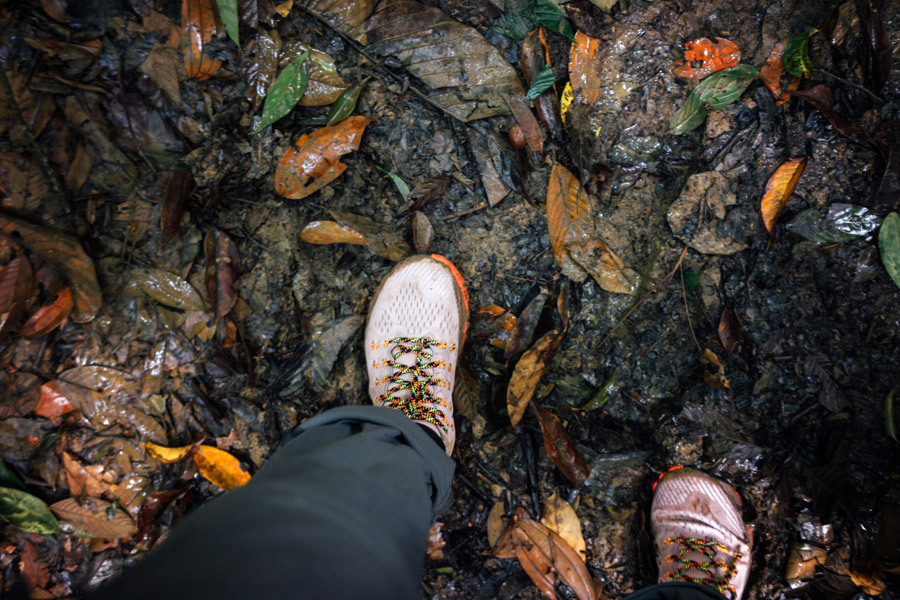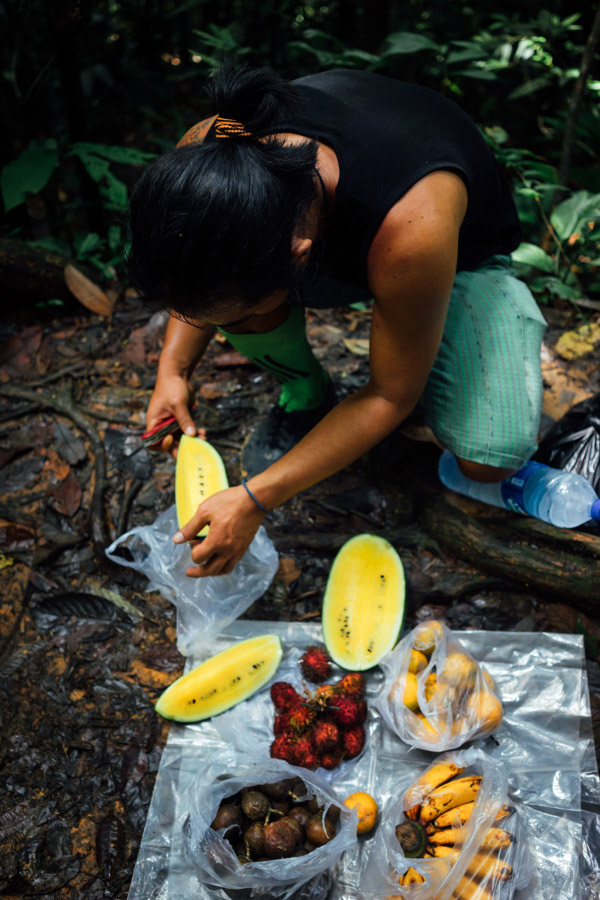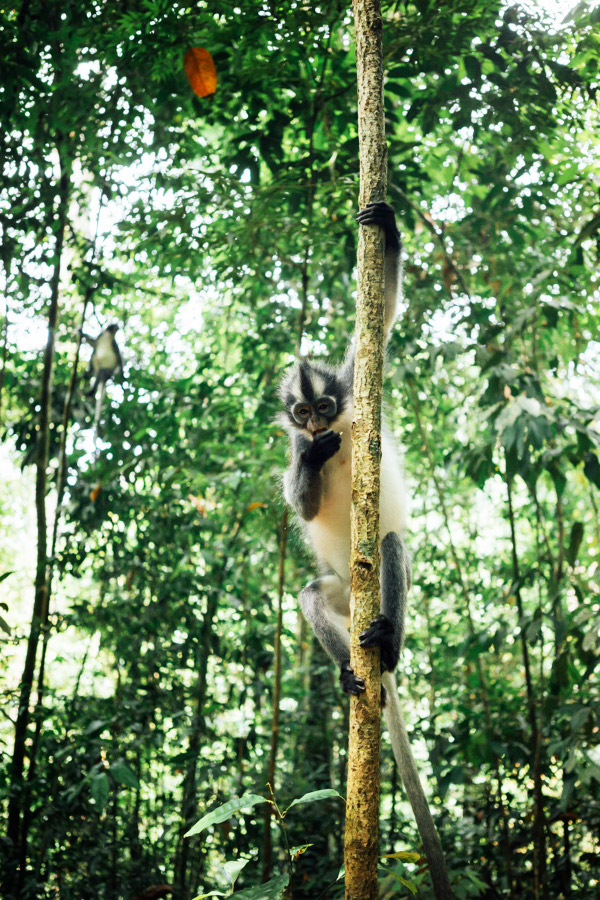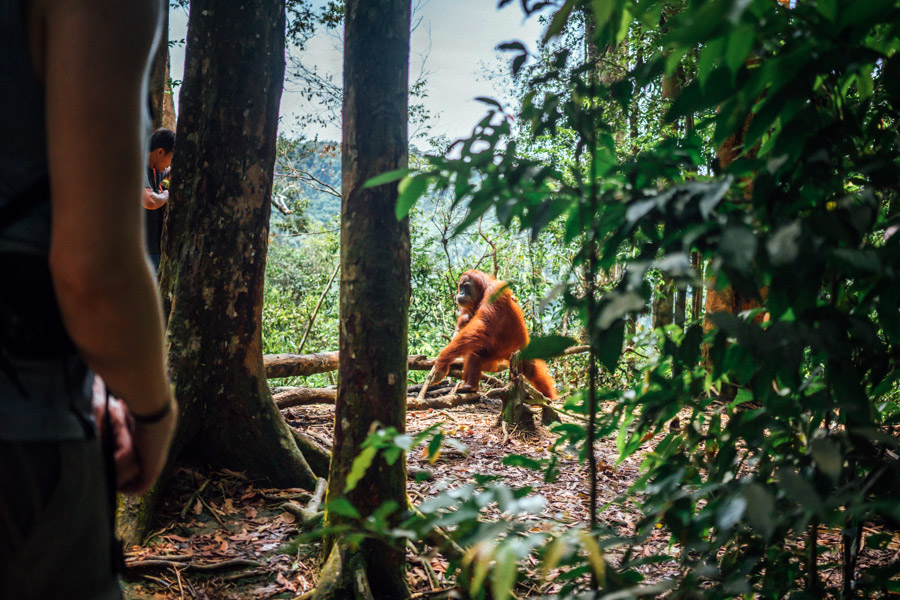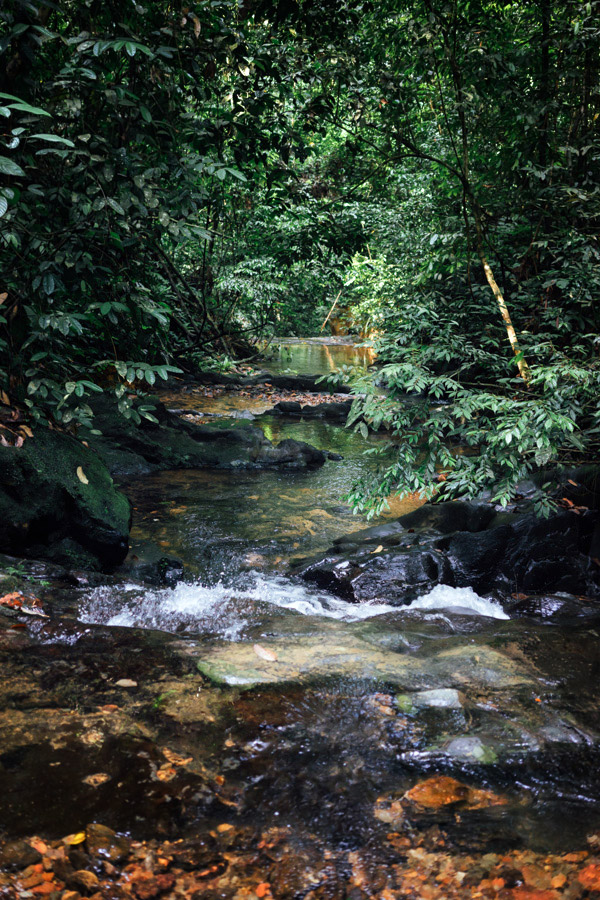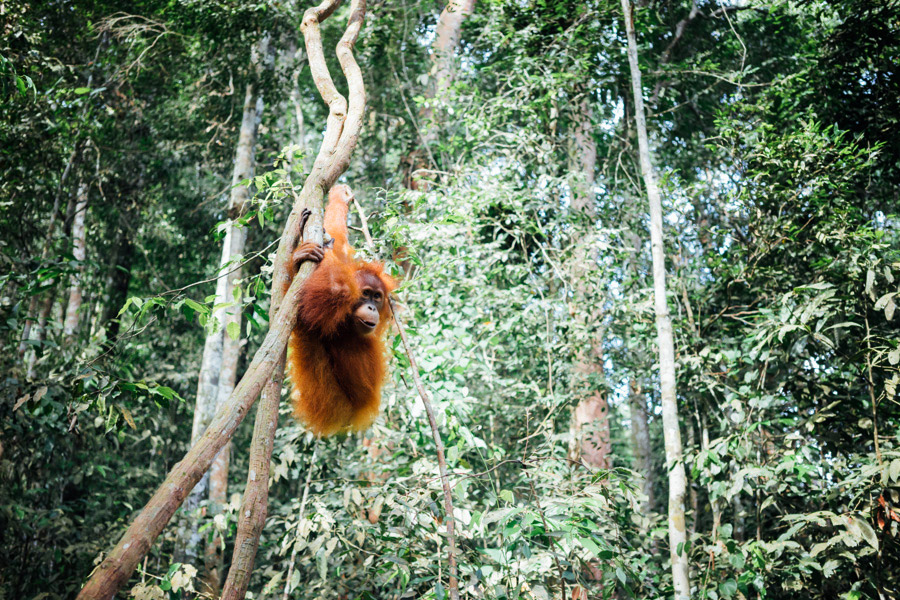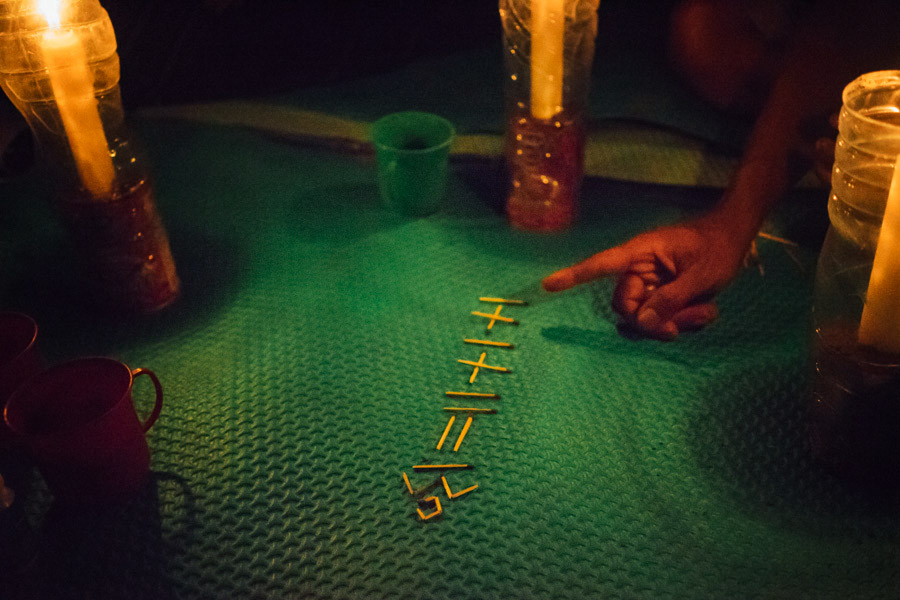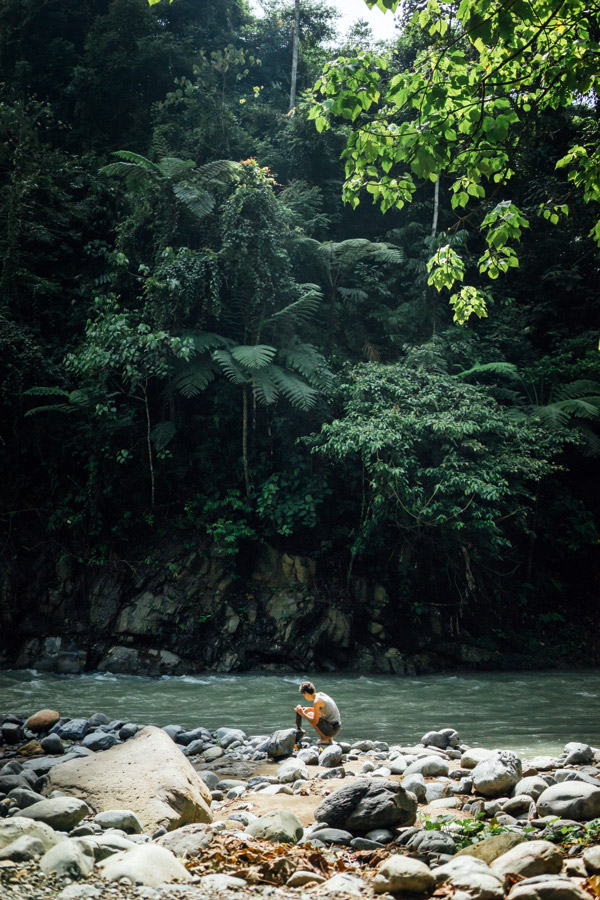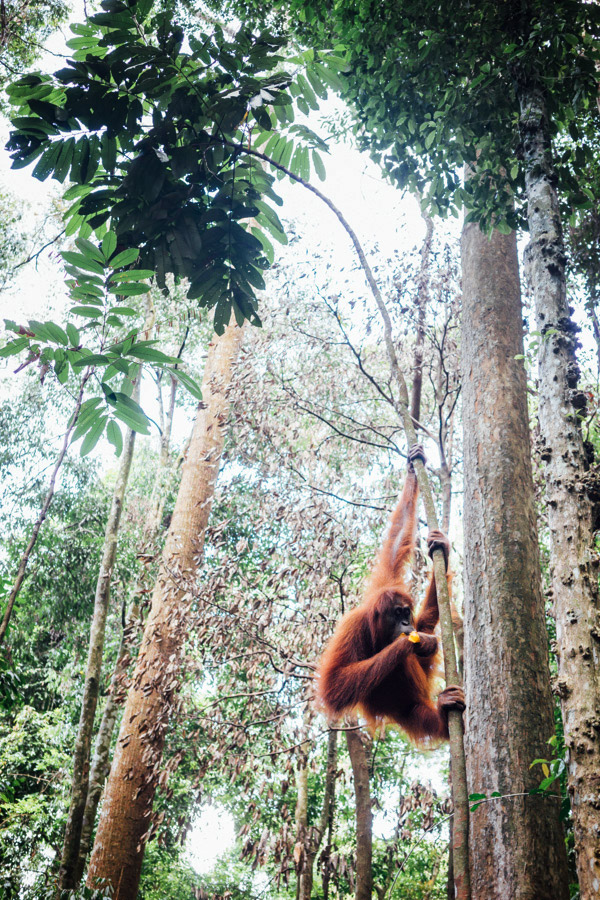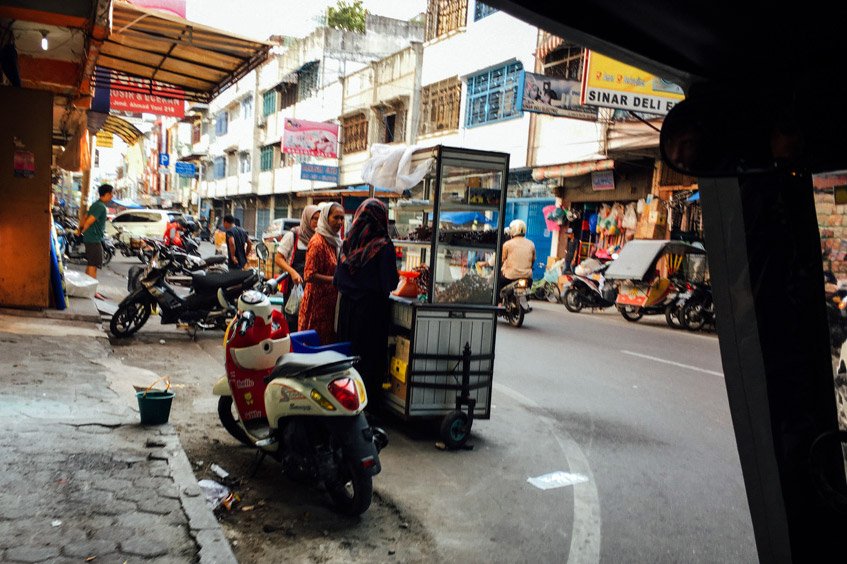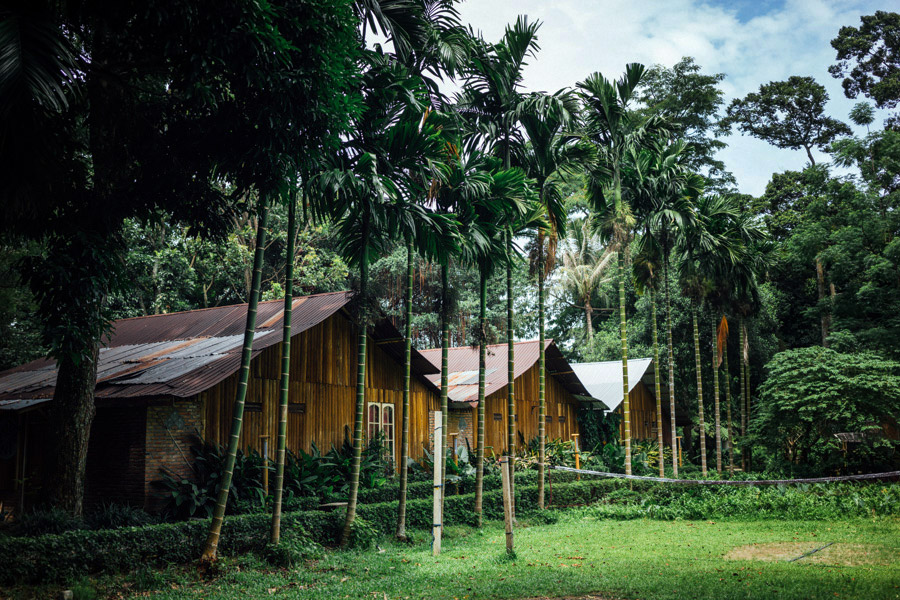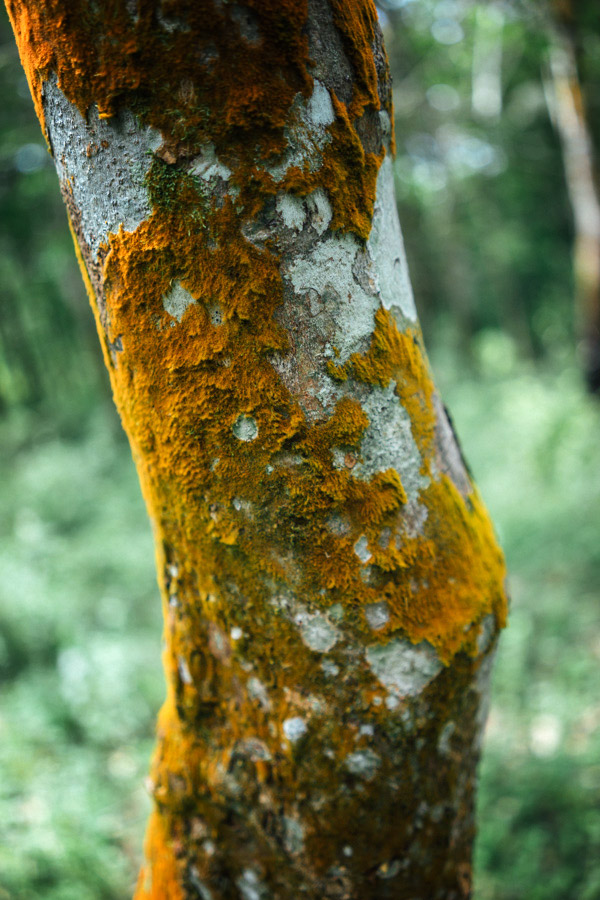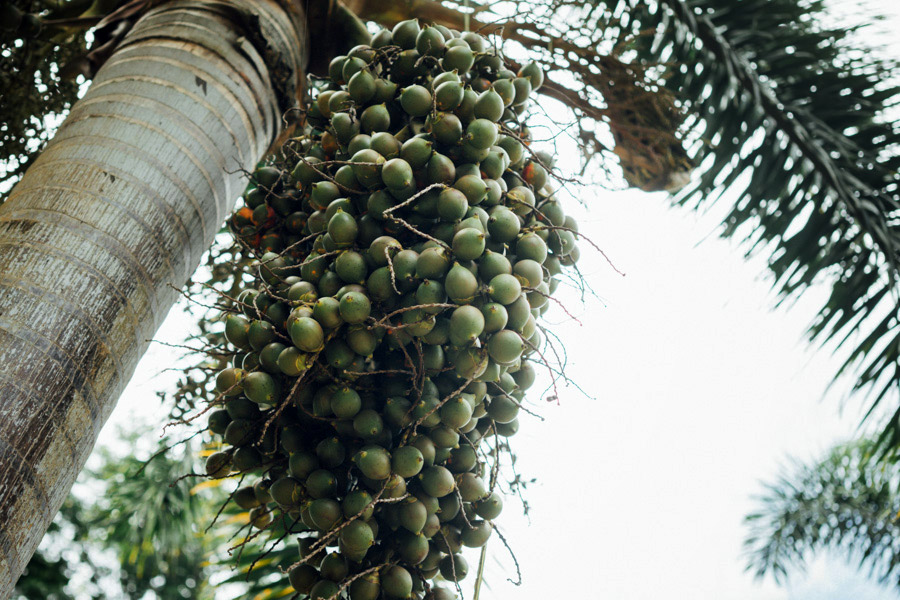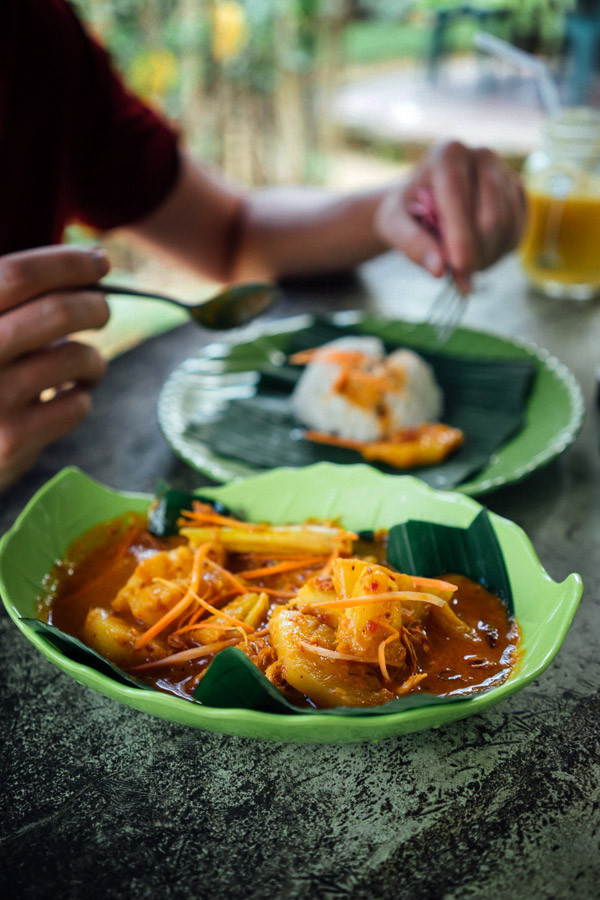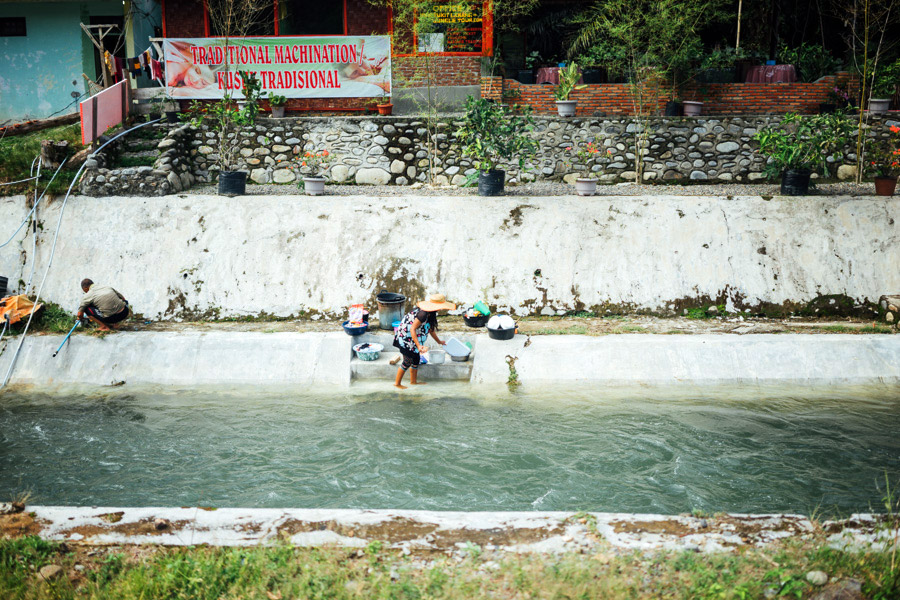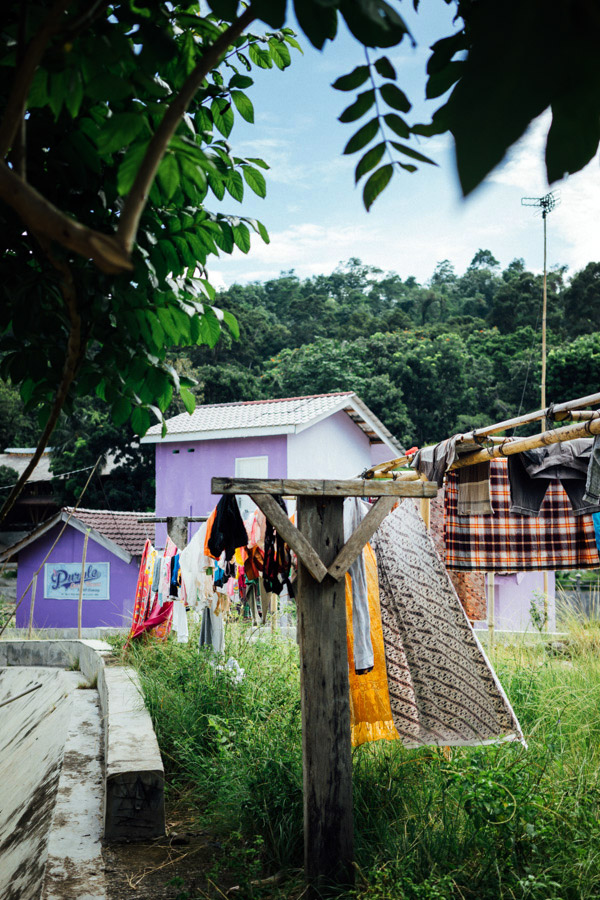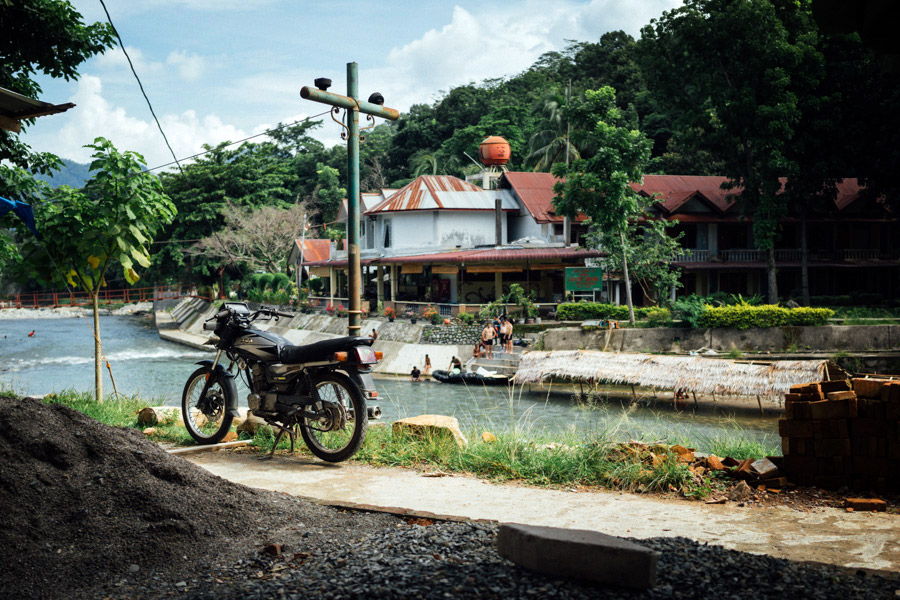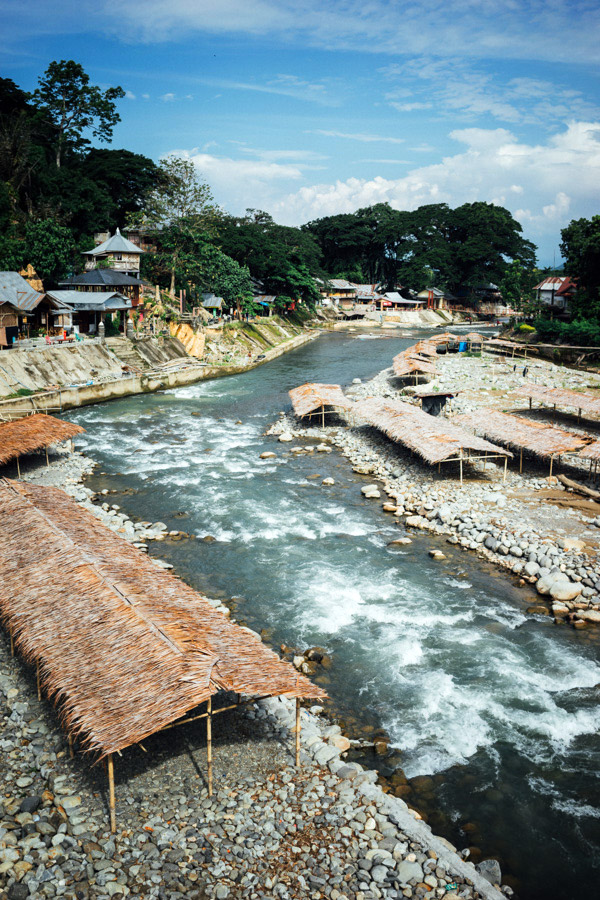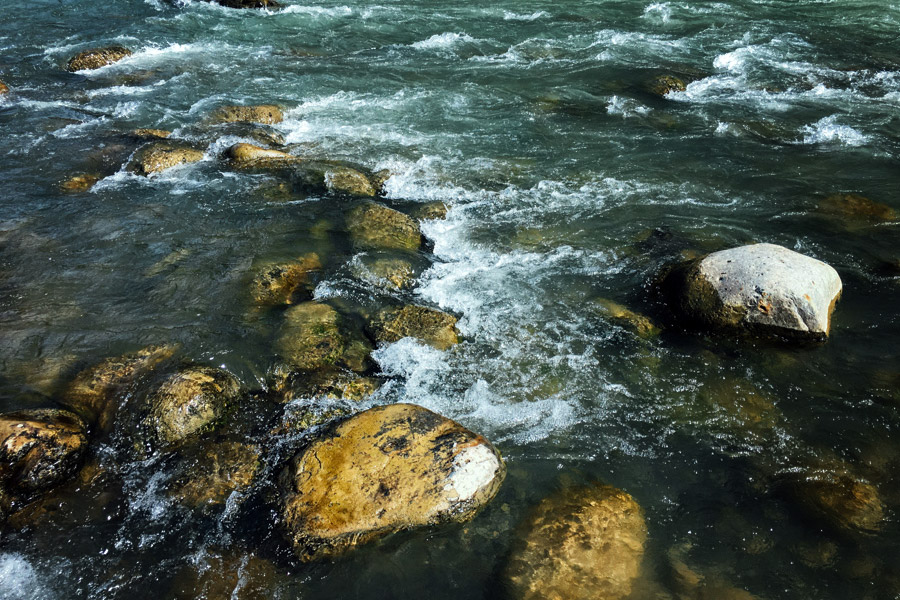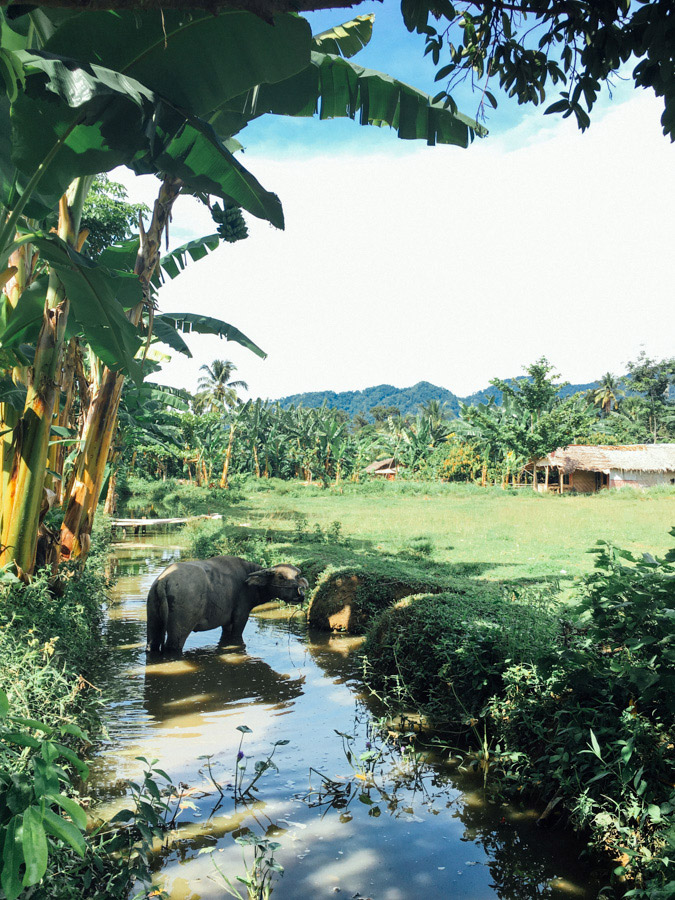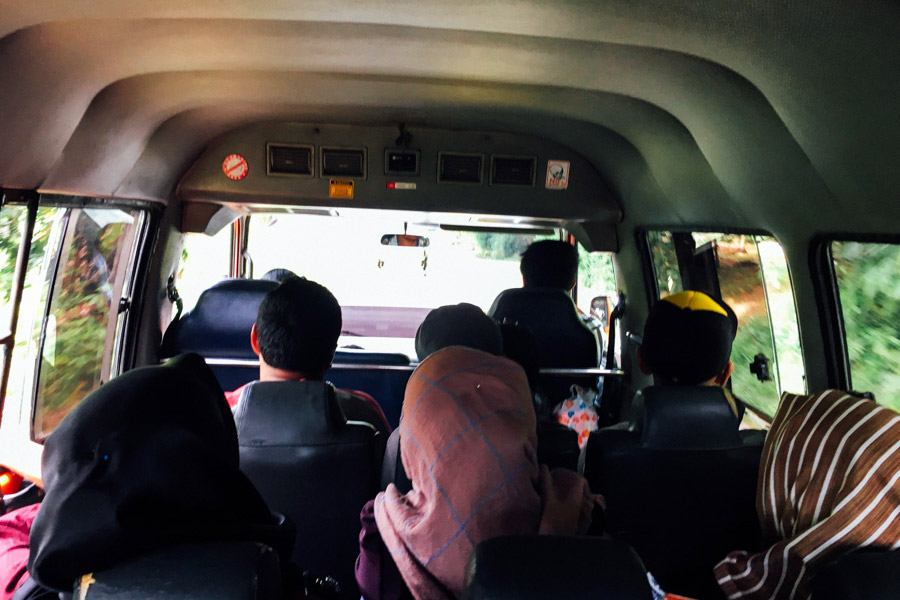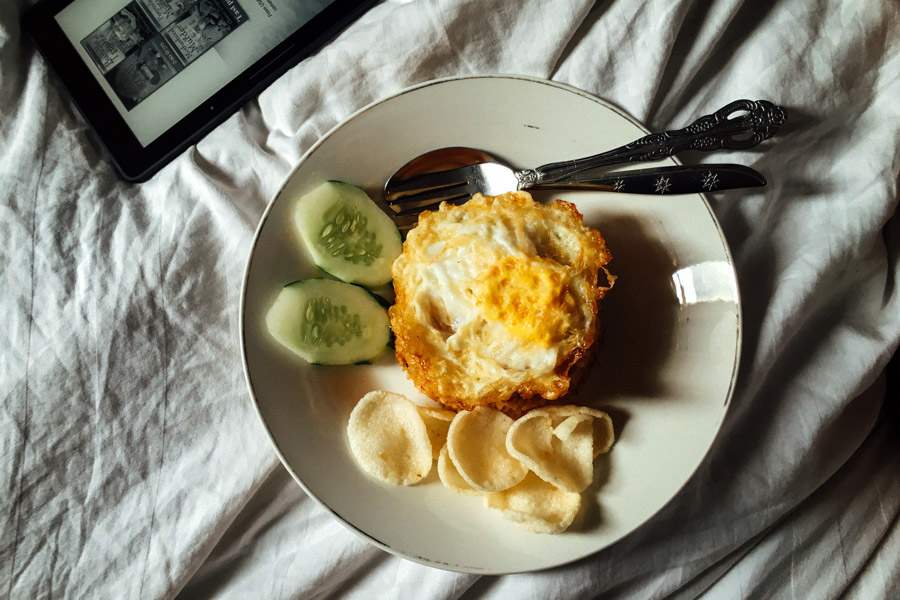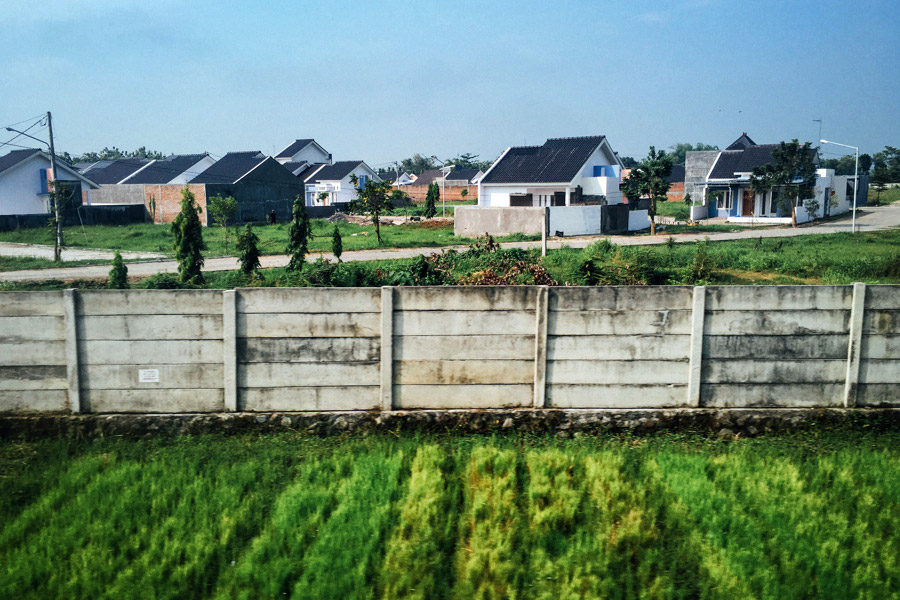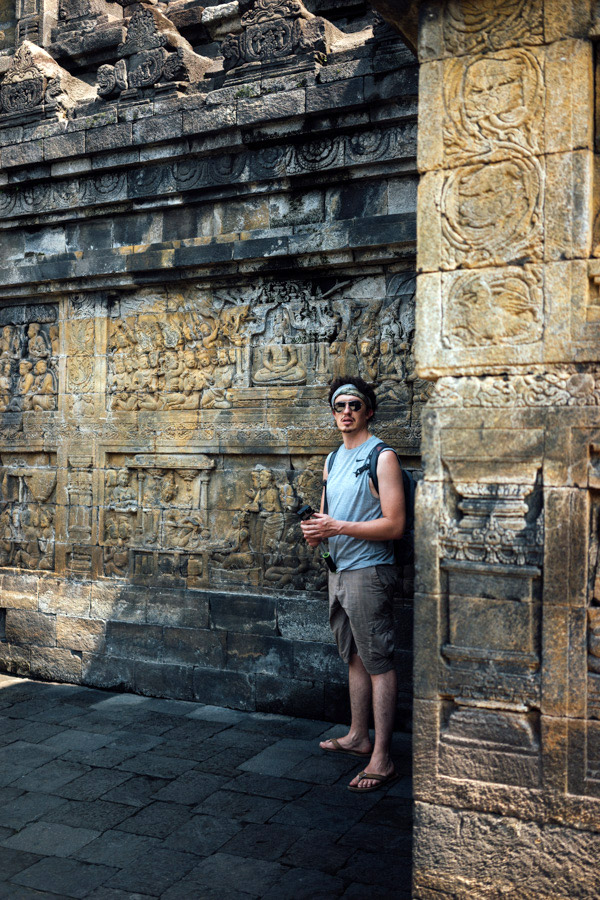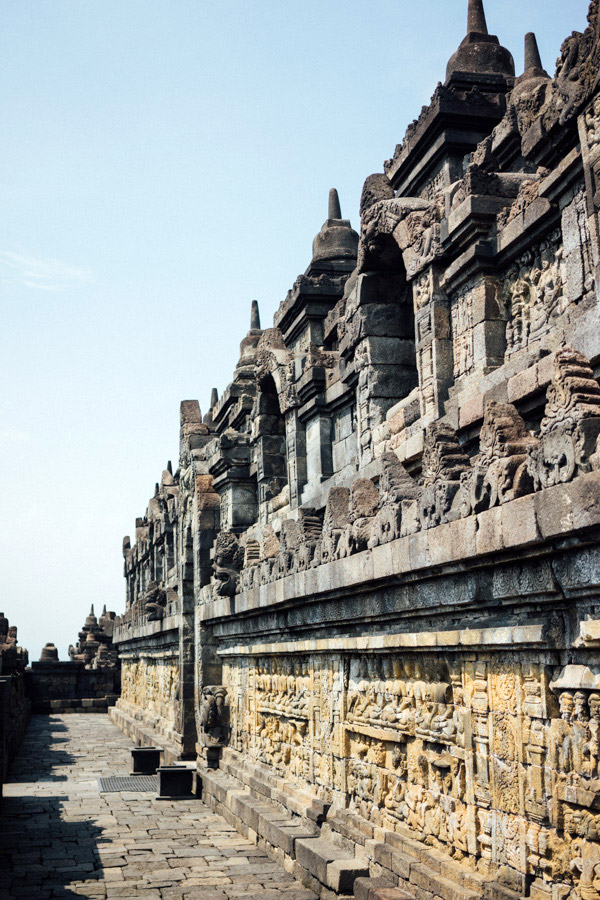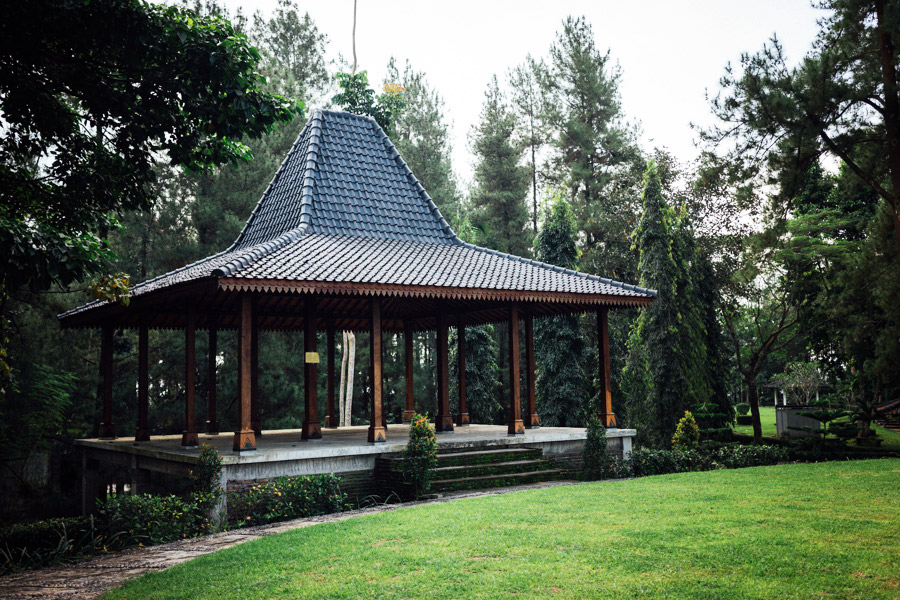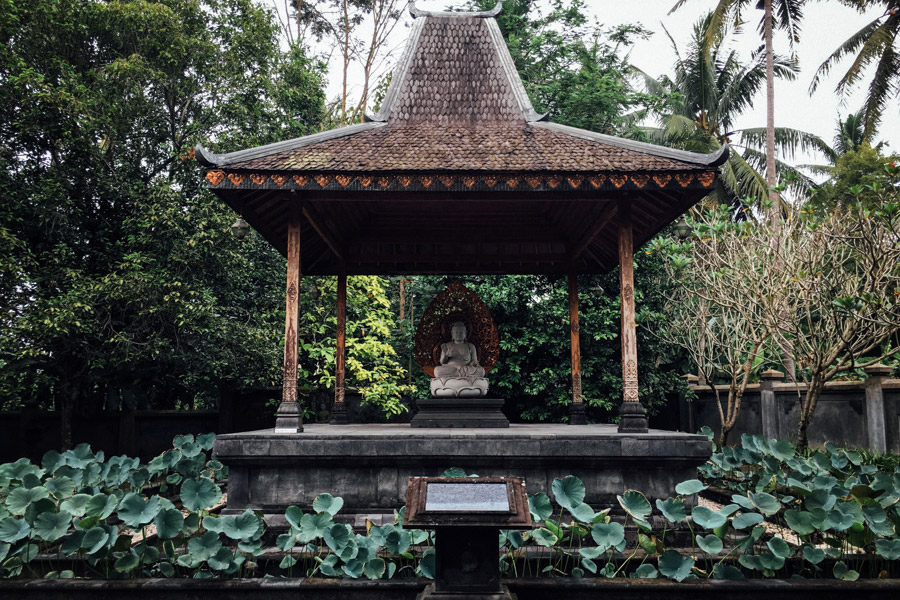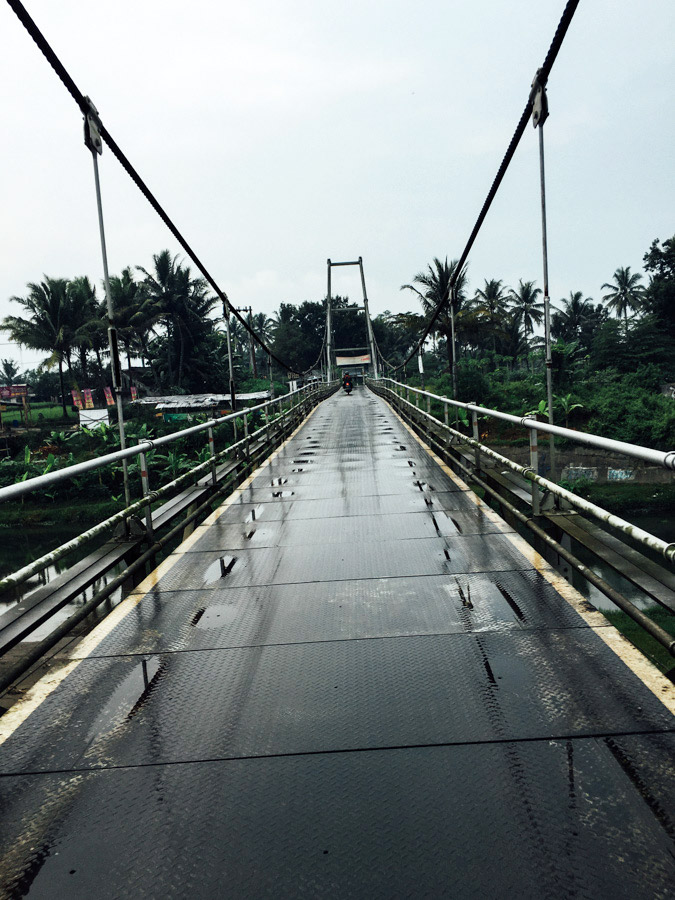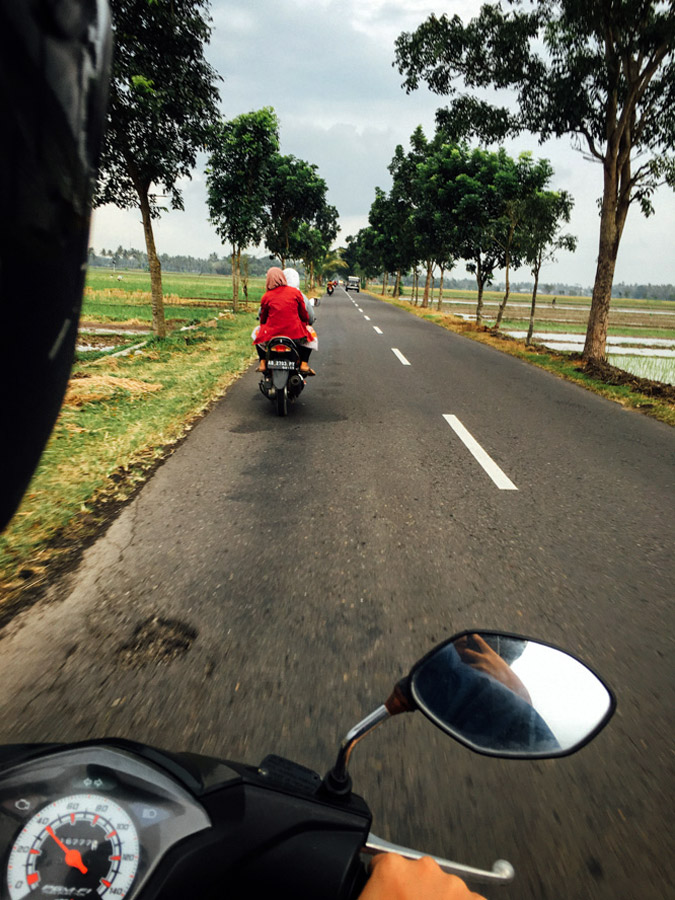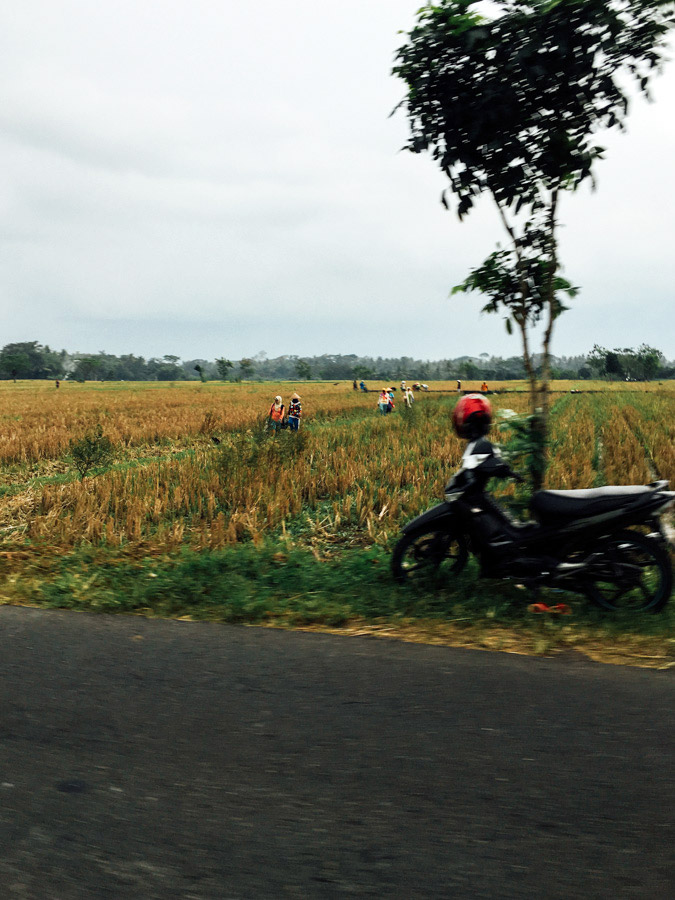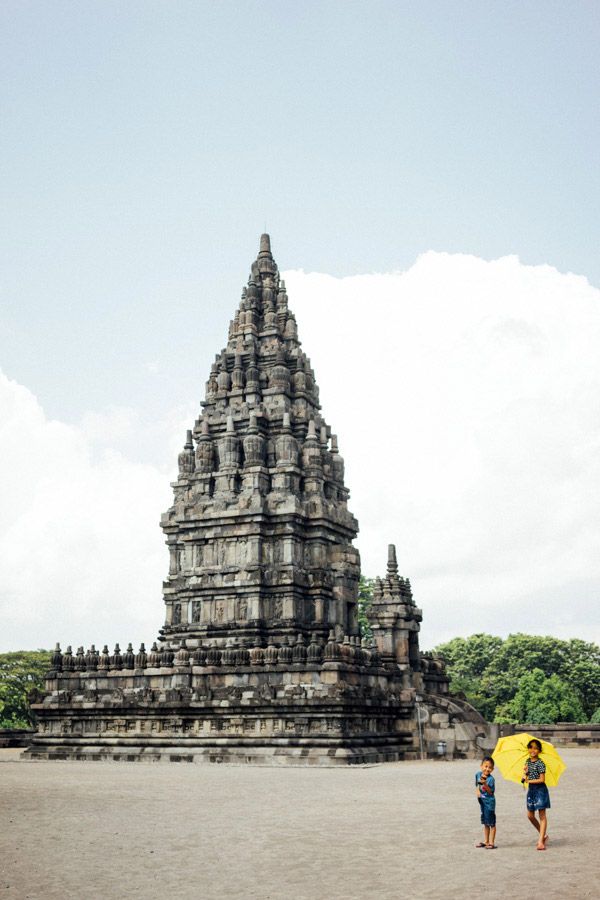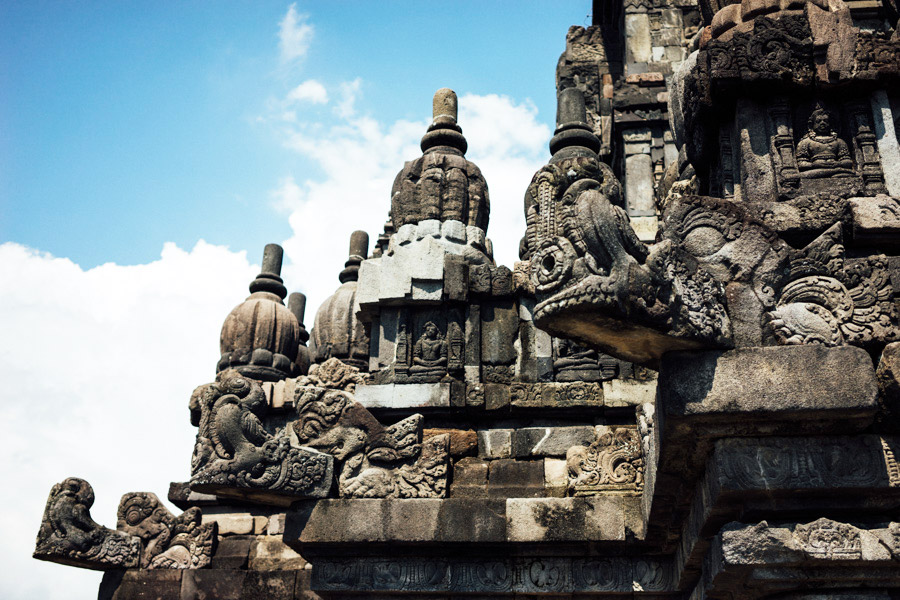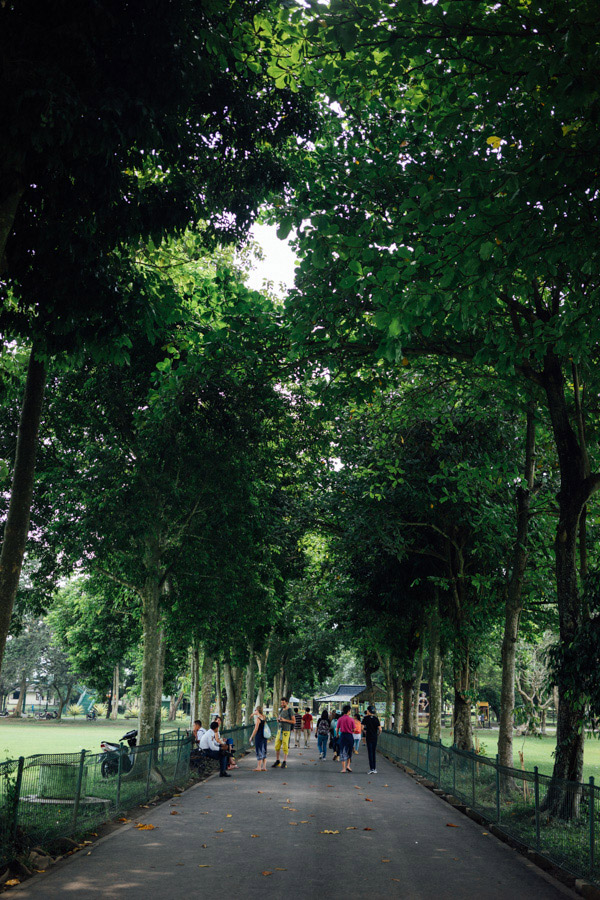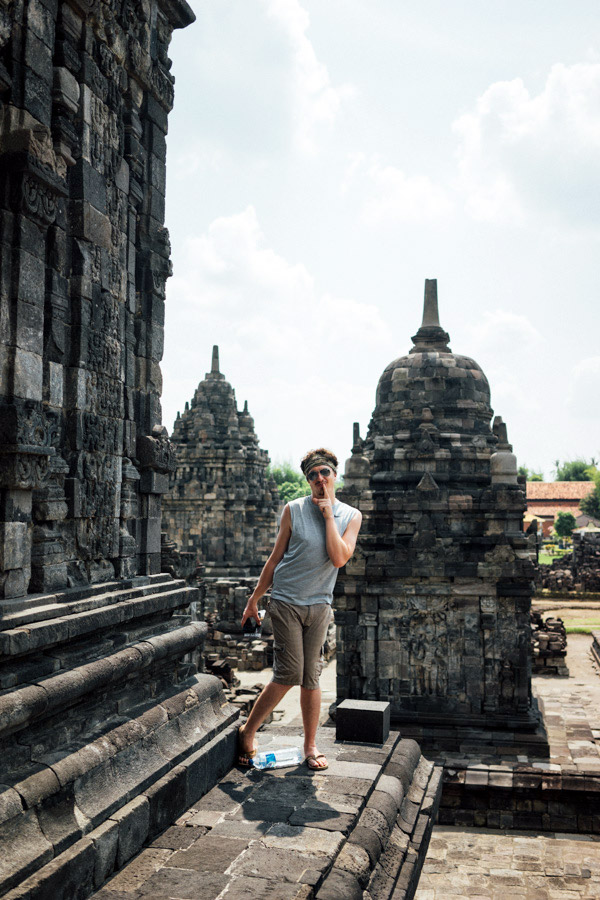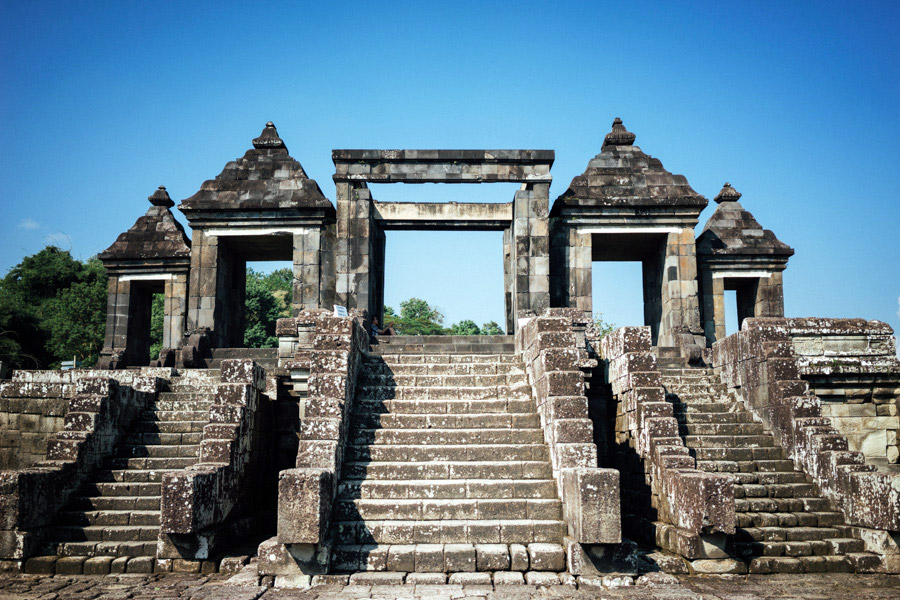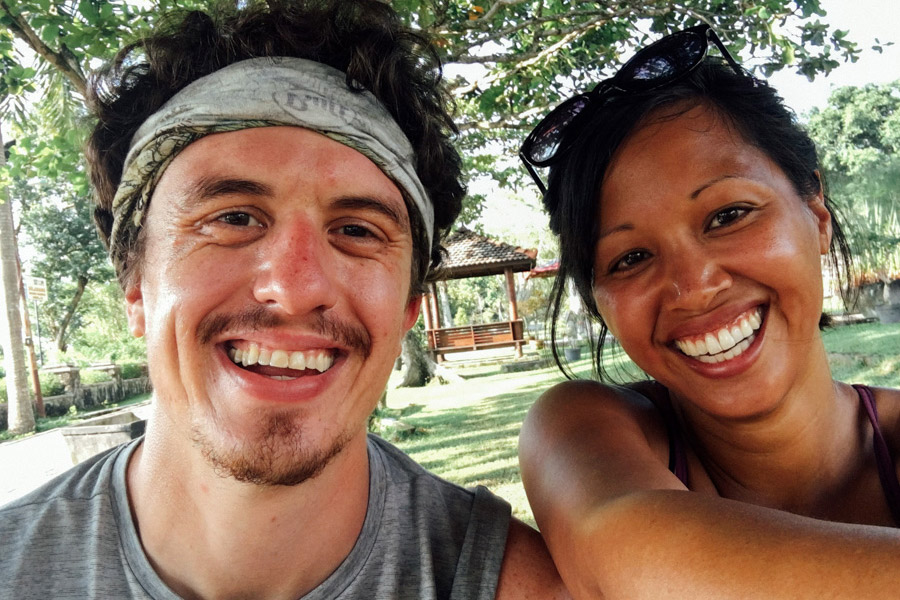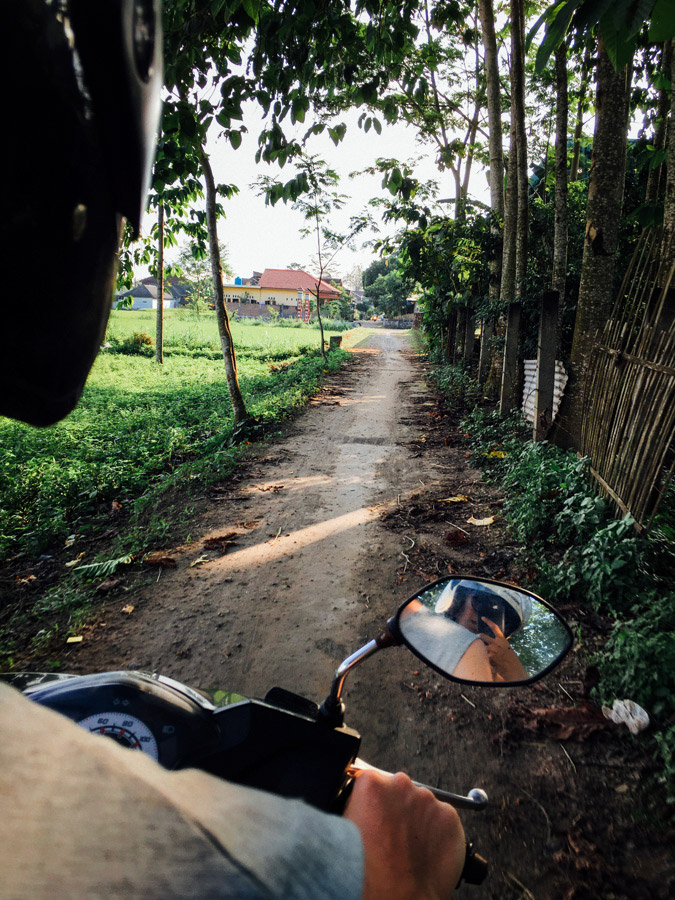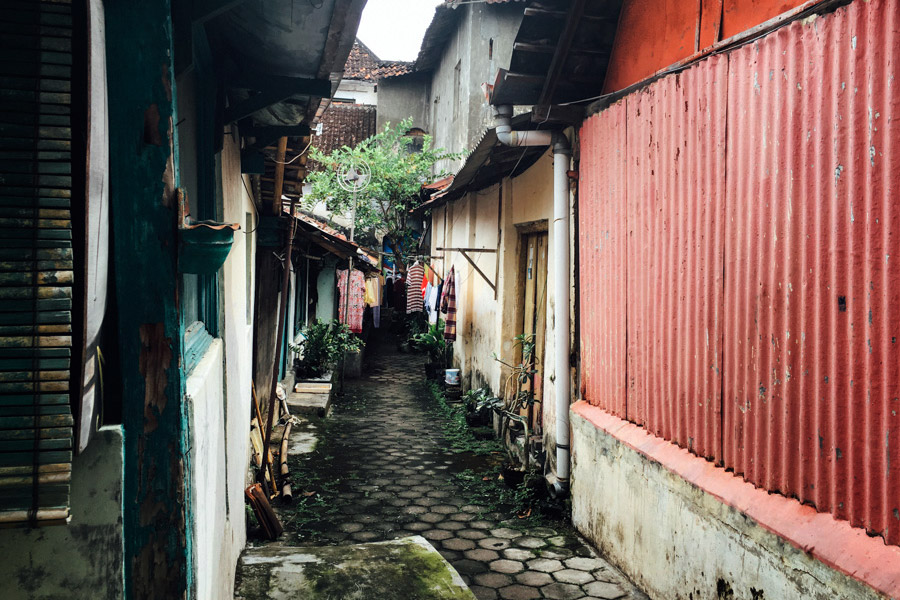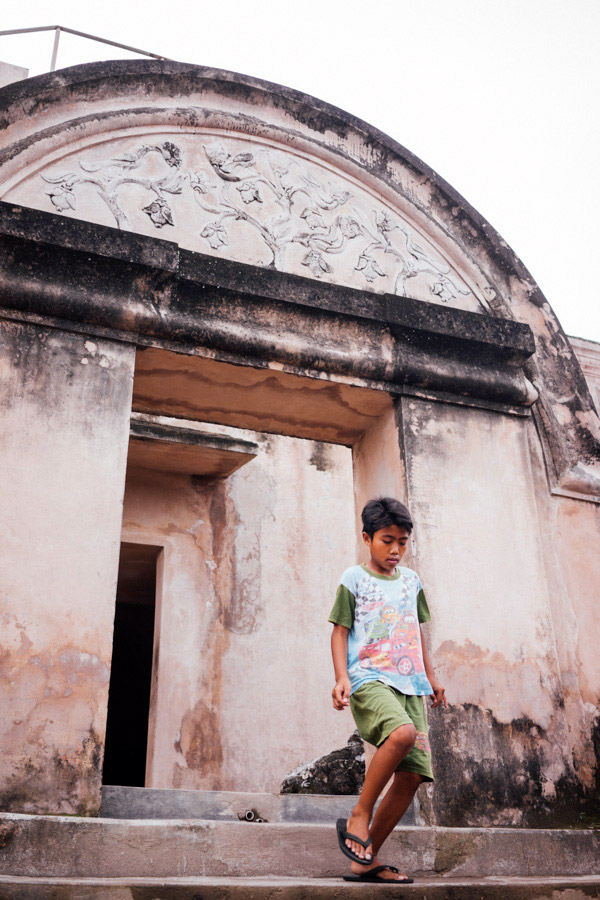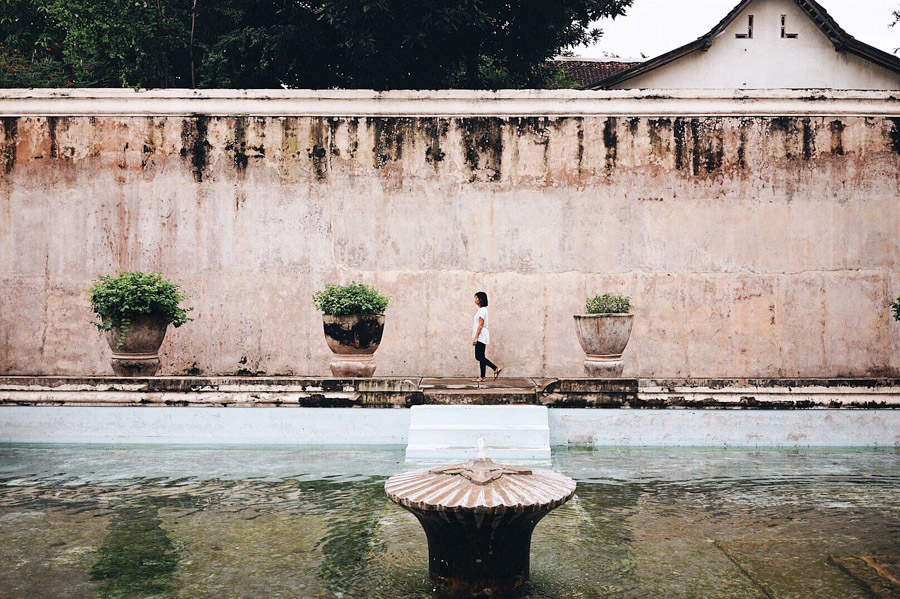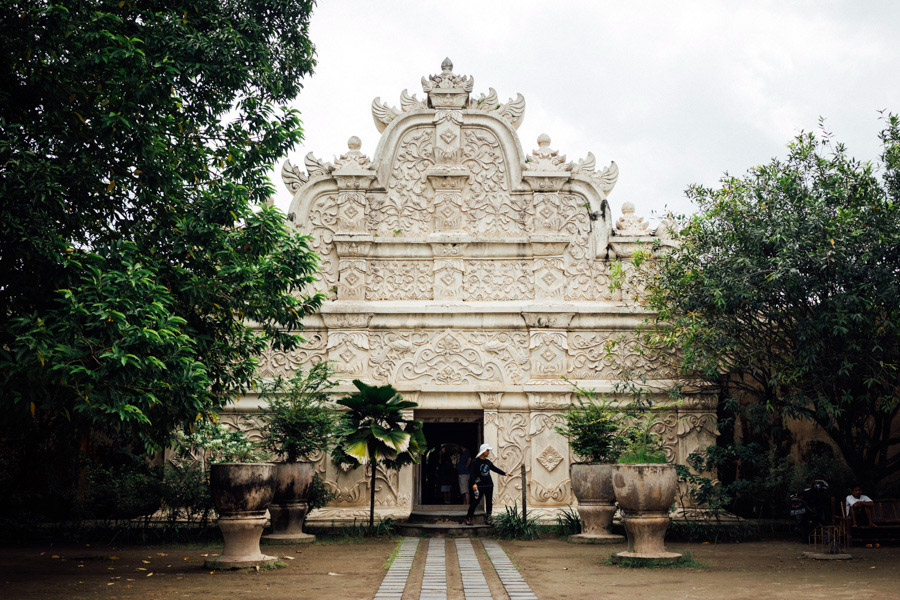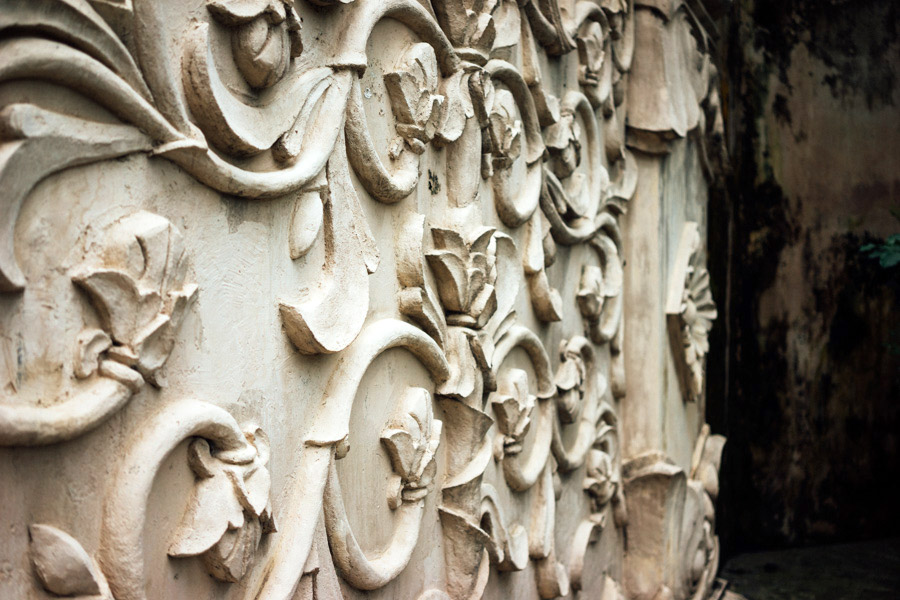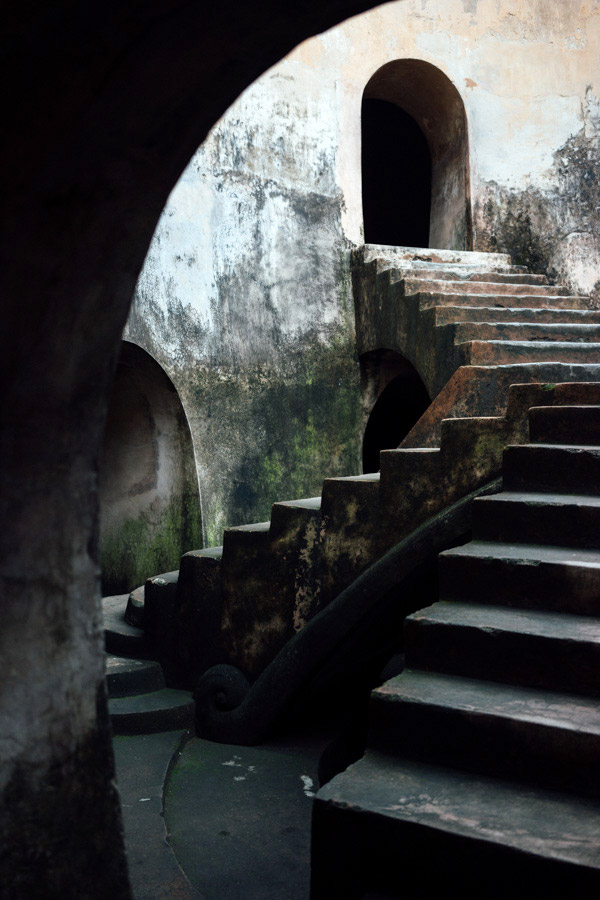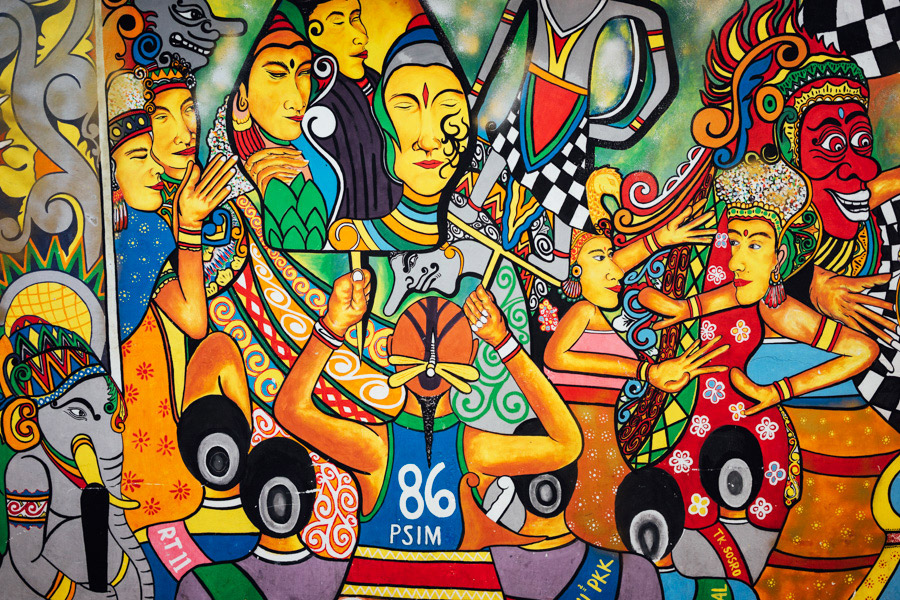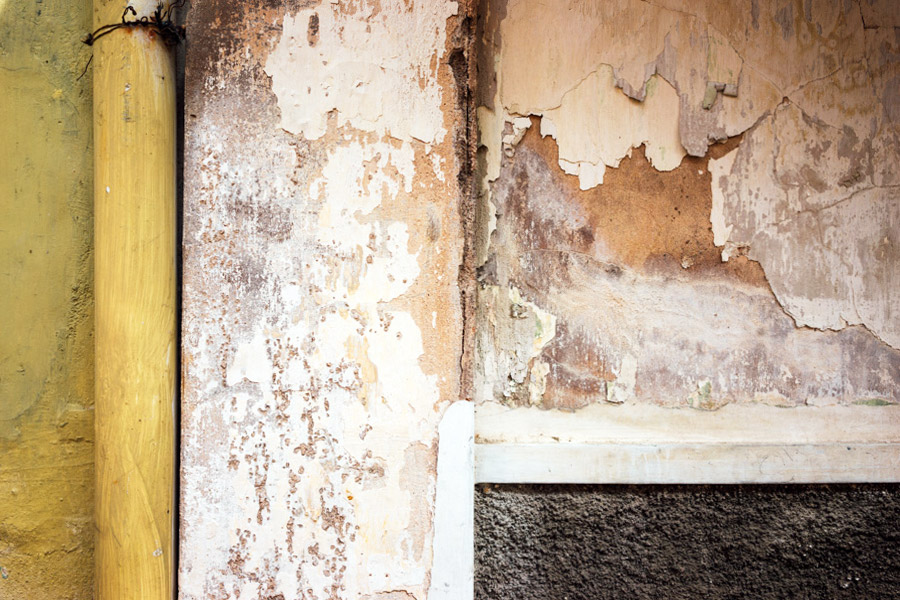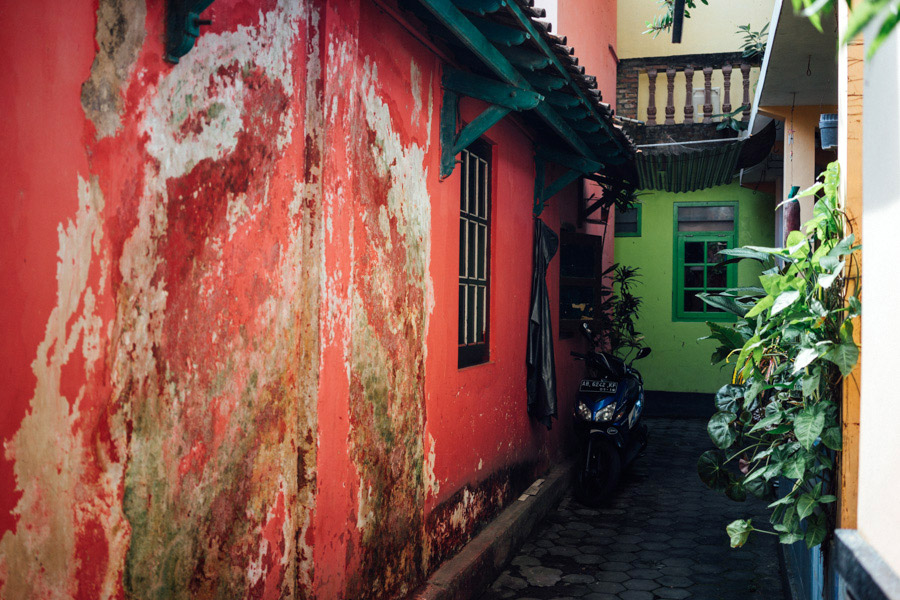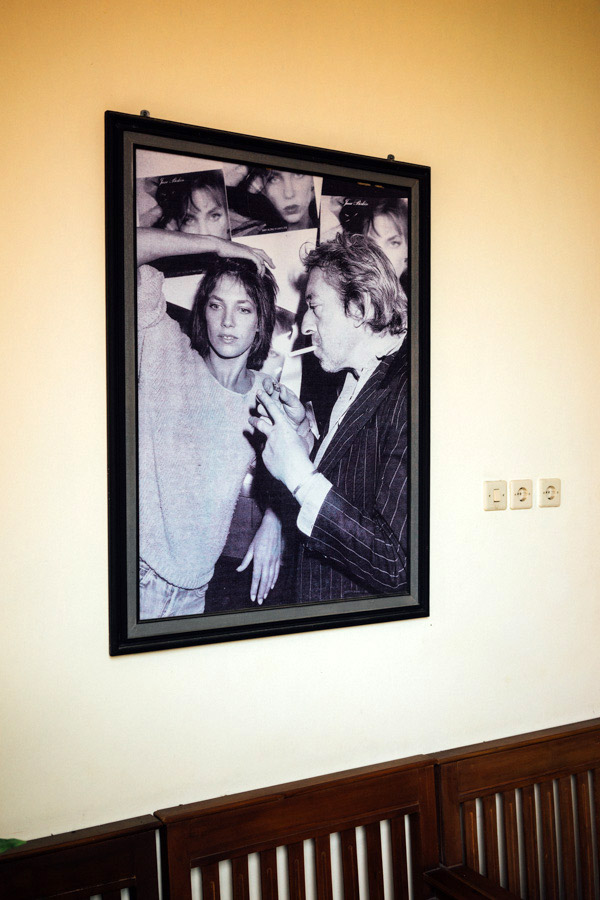Some Final Thoughts
Indonesia was a dream to travel through. A new country for us both, and one we were exploring on our own, this was essentially the real start of our trip. The towns we visited were largely undeveloped (less Ubud), leaving a very raw and unspoiled beauty for us to discover. The landscapes were incredible, the wildlife even more so, and the people... the people were some of the warmest we had met, all eager to share their cultural and religious histories, and their own struggles, passions, and fears. For me, this is why we were traveling; to enrich, enlighten, and to exchange stories with one another. Simply, to connect. And we did that there.
We were also met with many challenges, slowly overcoming them as we journeyed east to west, learning daily how to cope with being Westerners from San Francisco. My only regret is fabricating a story that I was in fact from the Philippines and that we lived in France, for fear that our American identities would inflate the prices we would pay for even a bottle of water. And this was a huge peeve of mine - being taken advantage of - something we did not have to deal with in the Philippines. (There’s a reason the first question you are asked is, “Where are you from?” Even when you look like a local!)
It was a timely coincidence that I stumbled across this quote by psychologist William James in an article about becoming a better traveler:
“The art of being wise is the art of knowing what to overlook.”
In effort to not let this be the crux of our trip, we started playing the game. After two weeks we had found our rhythm and strengths, and once our bargaining voices became second nature, Indonesia revealed even more of it’s beauty. Twenty-seven days is not nearly enough to see even a fraction of what the vast island nation has to offer. As Alex noted, we skipped a few popular destinations, with the idea in mind that we will be back soon.
Numbers from Indonesia
- Days in Indonesia: 27 days
- Our daily average cost for lodging and food per person: Rp 400.000 ≈ $15.00
- Cost of a 1.5L water: Rp 6.000 ≈ $0.50
- Cost of a medium latte: Rp 20.000 ≈ $1.50
- Cost of scuba diving: Rp 1.500.000 ≈ $115.00 for a three tank dive
- Cost of renting a scooter: Rp 70.000 ≈ $5.25 for 24 hours
- Total time on an airplane: 9 hours and 5 minutes
- Total time on a bus: 11 hours
- Total time on a train: 12 hours
- Total time on a boat: 16 hours




















